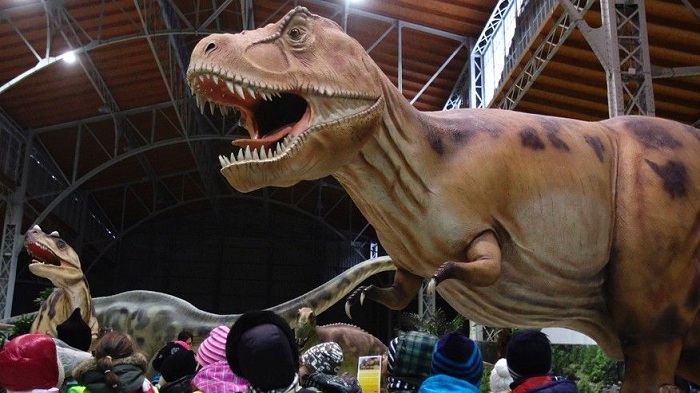Dinosaur-killing asteroid`s crater yields new clues

"It is hard to believe that the same forces that destroyed the dinosaurs may have also played a part, much earlier on in Earth`s history, in providing the first refuges for early life on the planet,” Joanna Morgan, the study’s first author and a professor at Imperial College London, said in a statement. “We are hoping that further analyses of the core samples will provide more insights into how life can exist in these subterranean environments."
Those “refuges” existed because the rock became more porous due to the impact— and porous rock and the water that circulated through could make for a happy place for organisms to grow, Imperial College London said. One implication of this theory is that previous asteroid impacts in Earth’s early history could have had the same effect on the rock, giving life a place to develop a very long time ago.
The Yucatan impact created a phenomenon called a peak ring, which is what the researchers drilled down into— it’s “an uneven ring of rocky hills within the crater bowl,” a scientist wrote in a commentary accompanying the new study. The study, which was published this week in the journal Science, has helped scientists better understand the dramatic formation of that peak ring, which is now buried beneath the surface.























-1745485667.jpg&h=190&w=280&zc=1&q=100)























